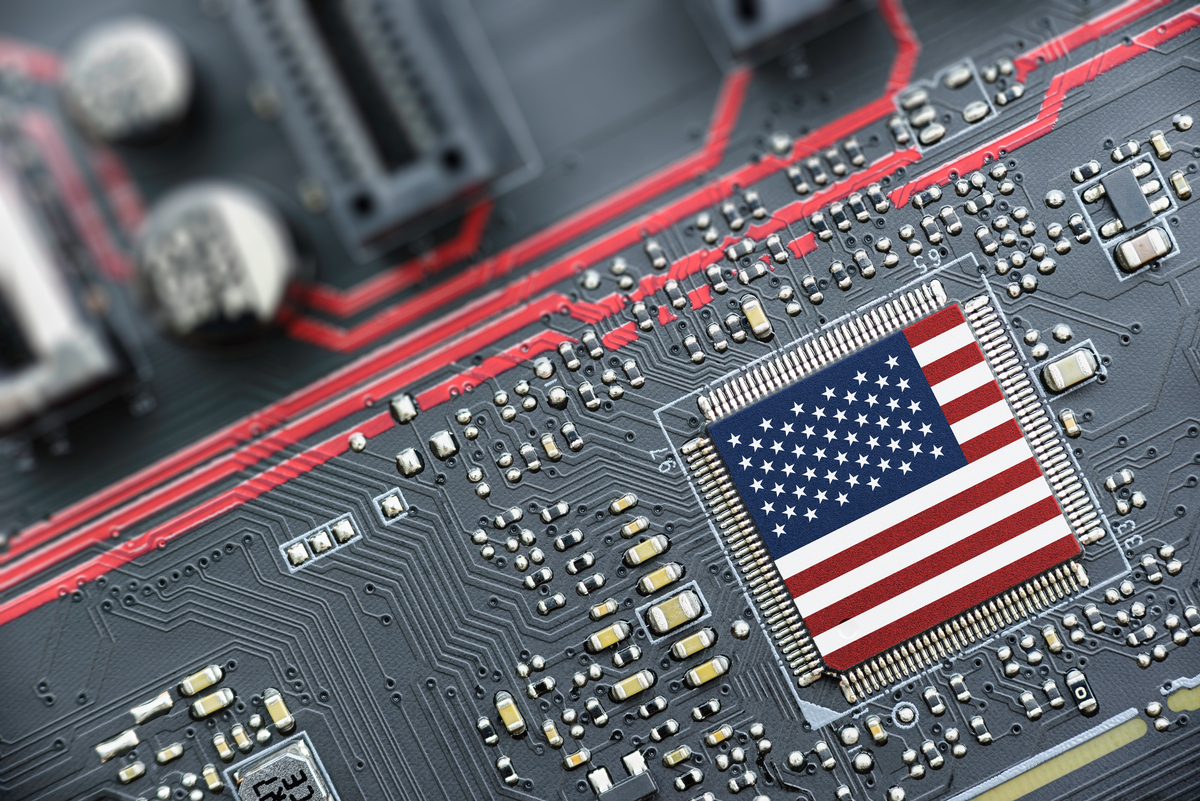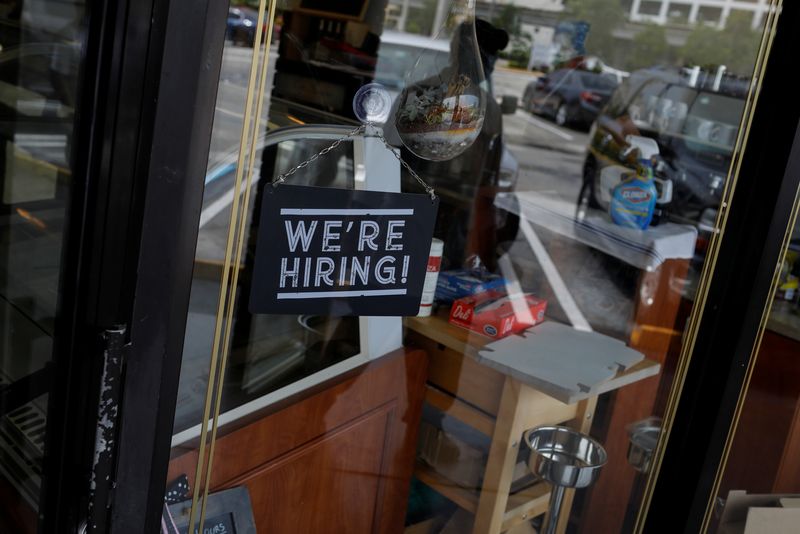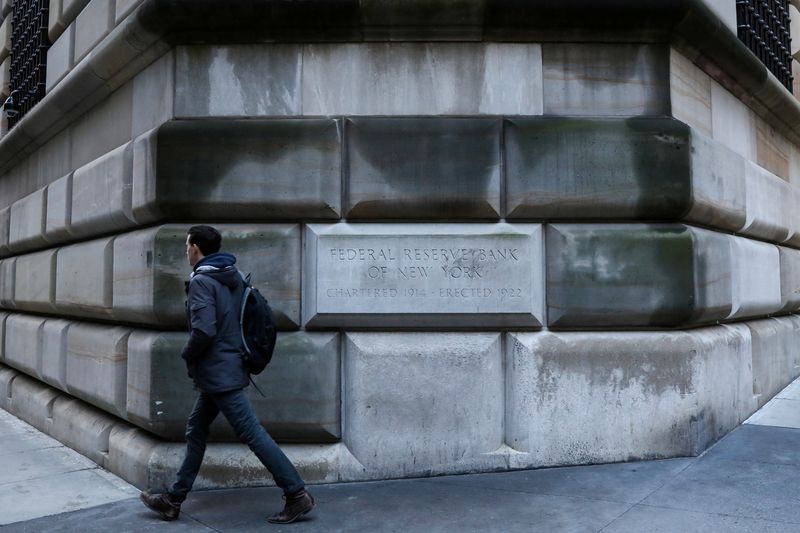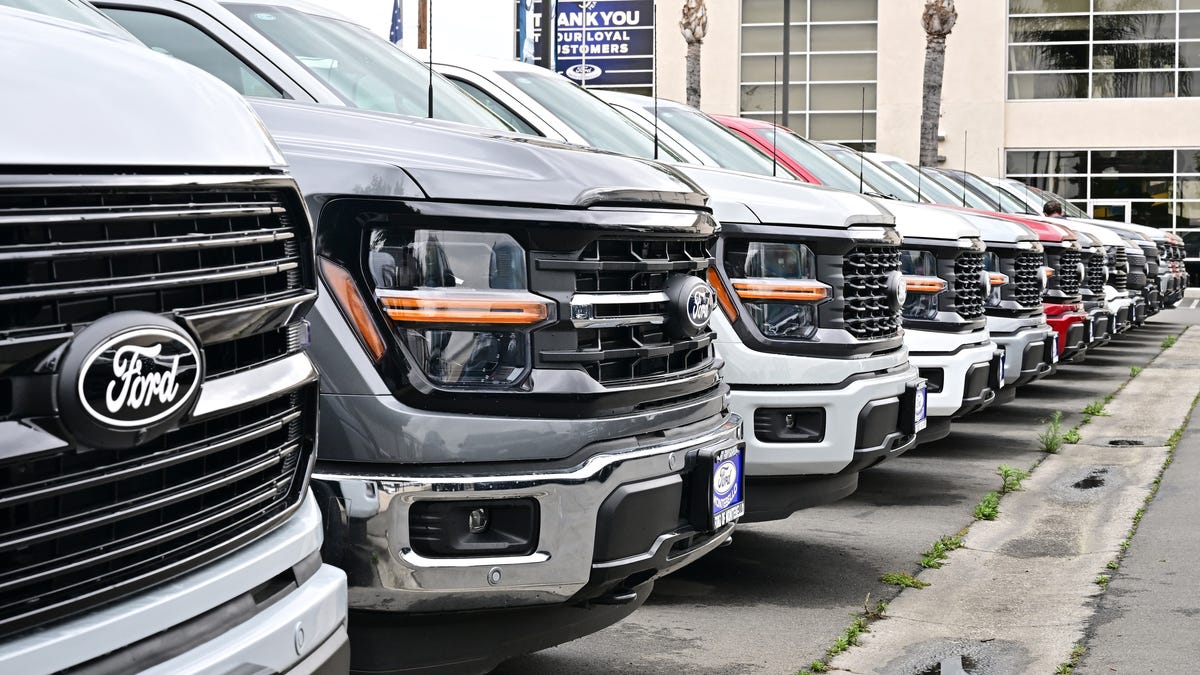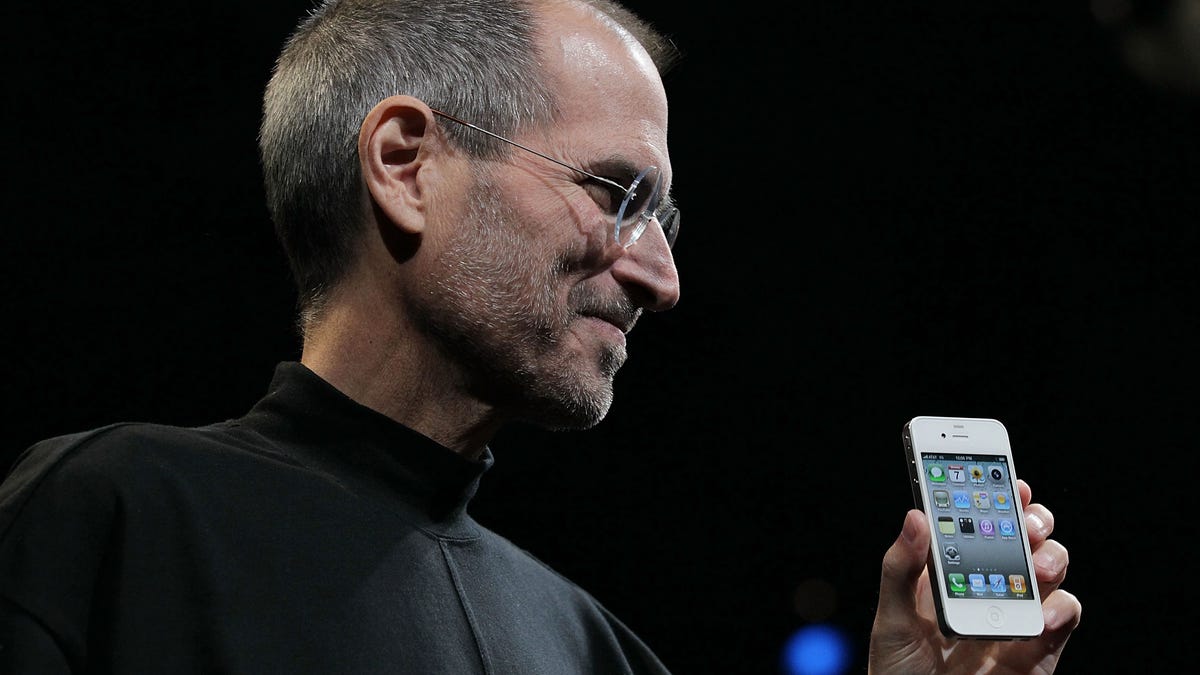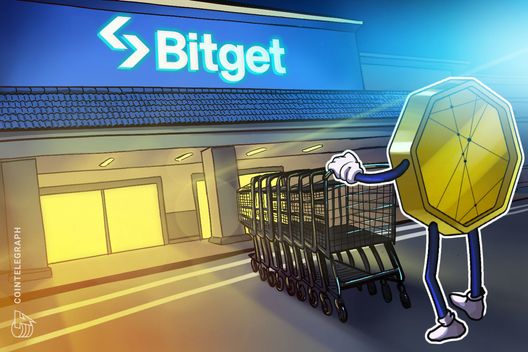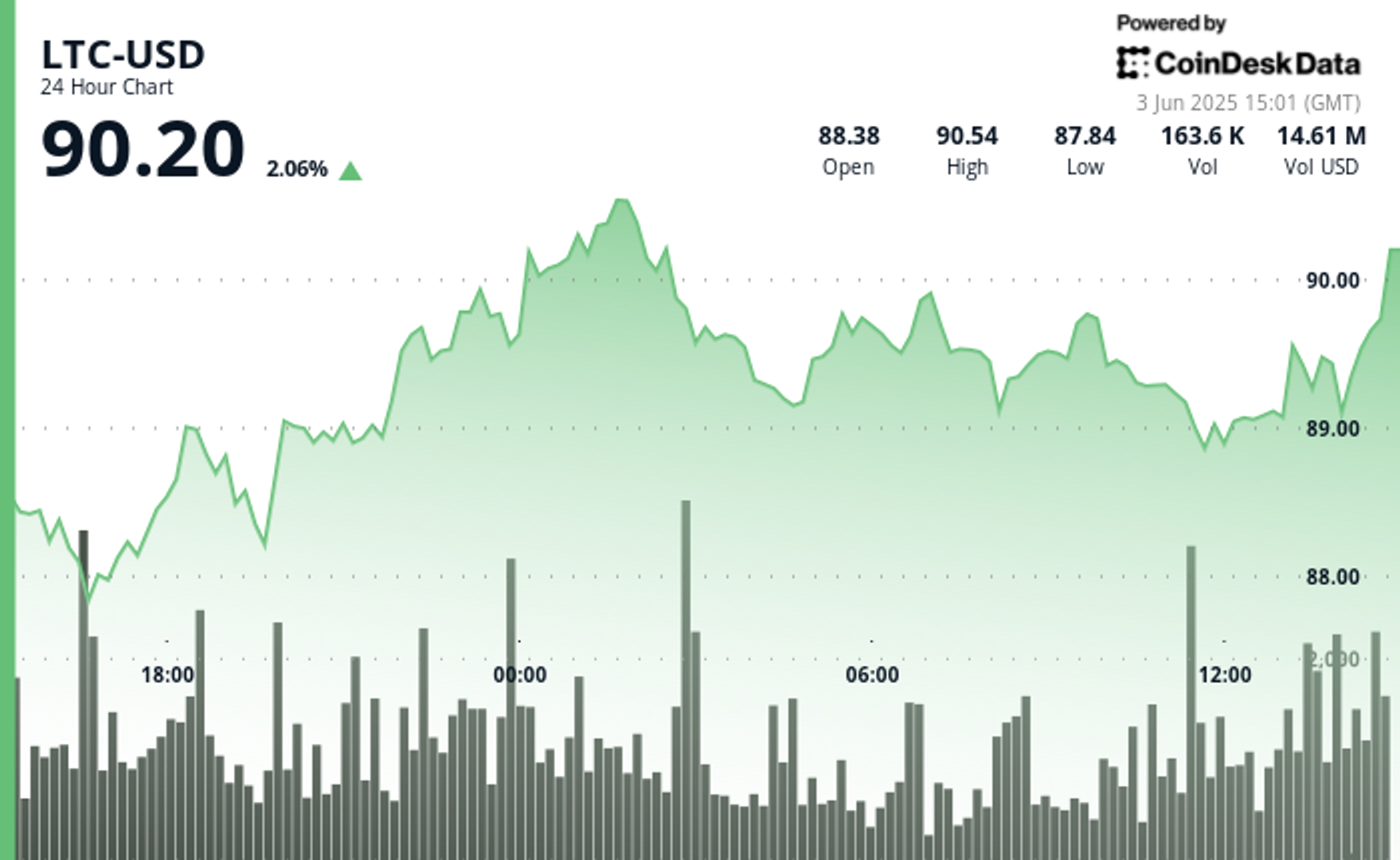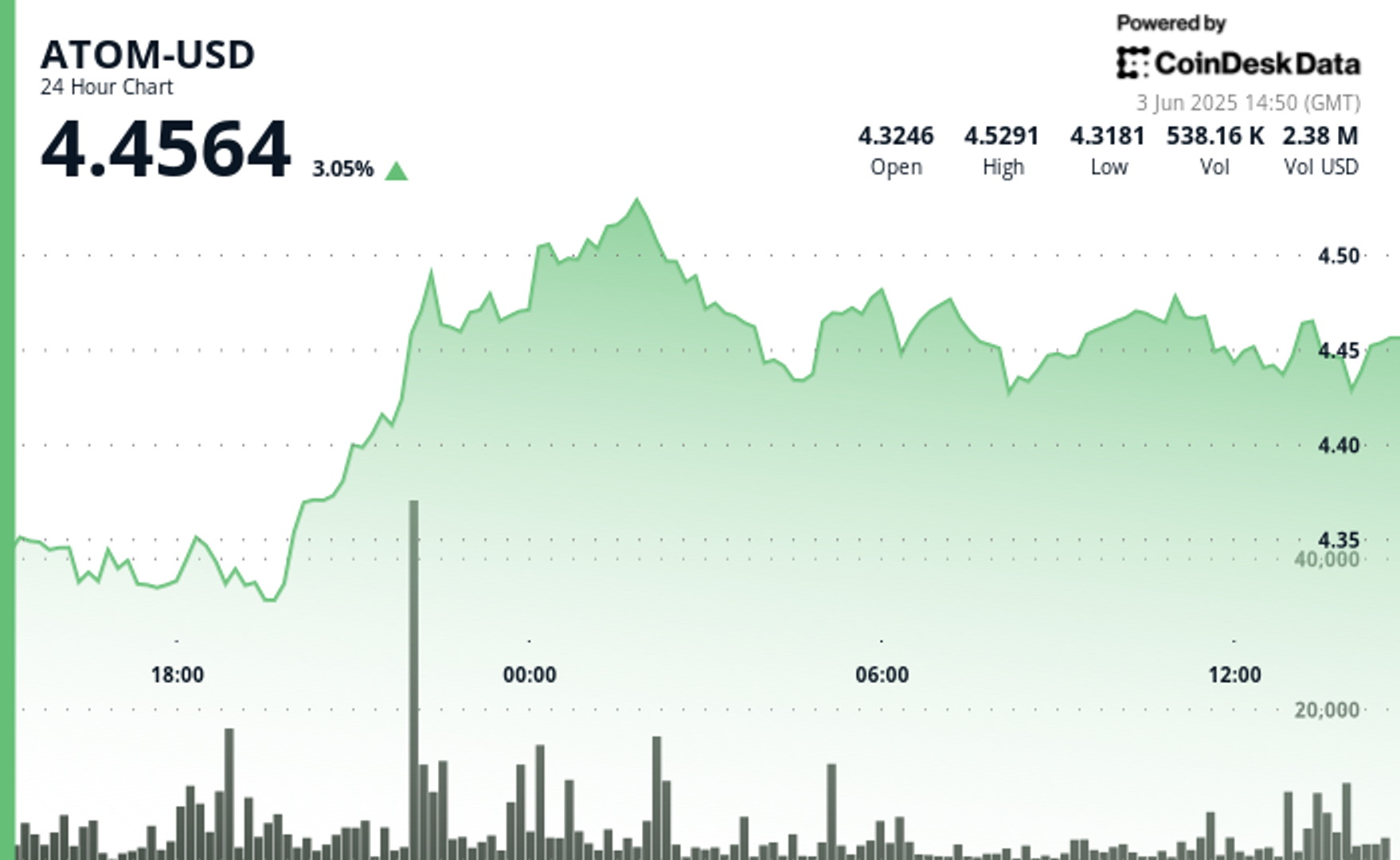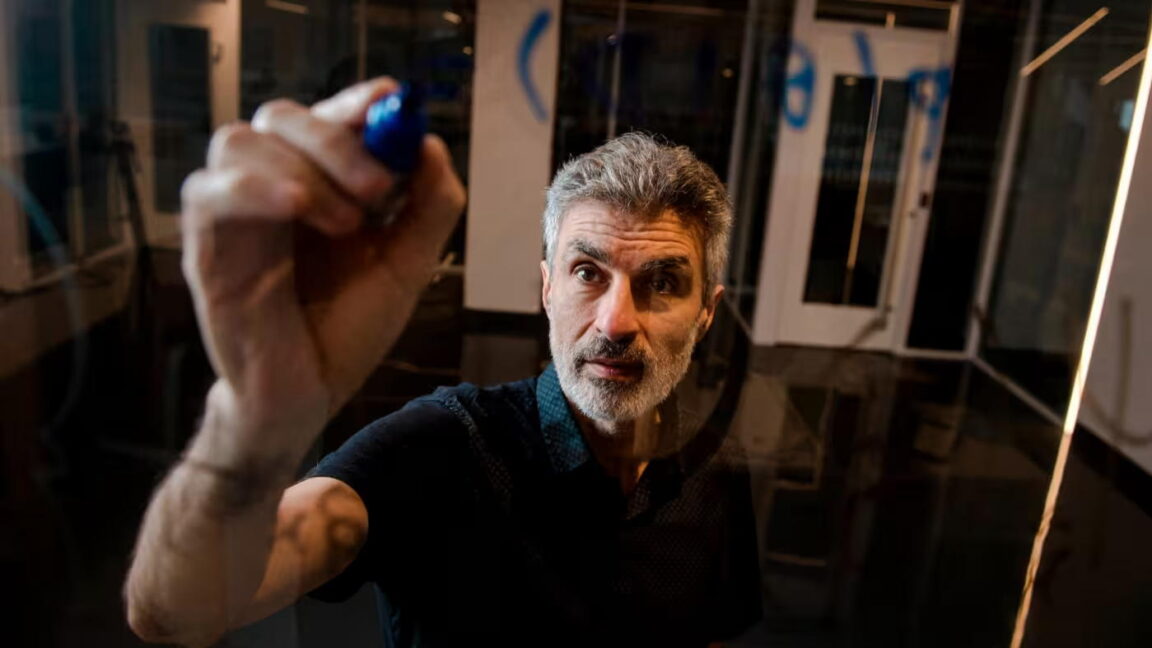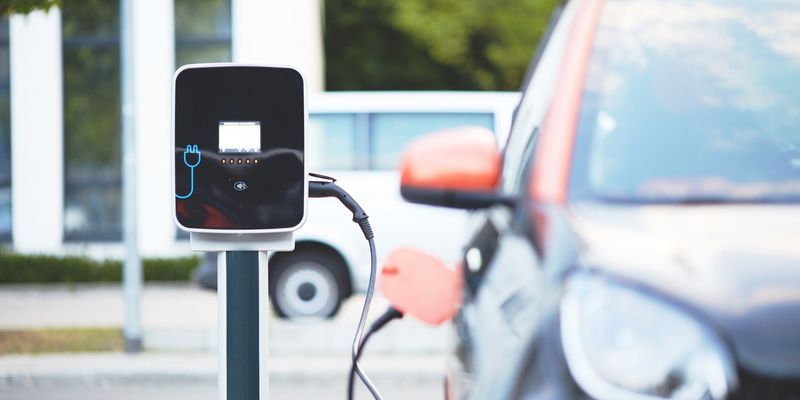Charging up electric mobility for the gig economy: How Chargeup is writing its business playbook
Co-founded by a former META and Vodafone executive, Chargeup is looking to ease EV transition by partnering with OEMs and providing gig workers with tailored leasing and financing solutions.


The beginning of Chargeup can be traced back to an auto ride. In 2019, after hailing an electric auto rickshaw, the co-founders found themselves stranded in the middle of their trip after their vehicle broke down. The electric auto’s battery had run out of charge.
Today, millions of gig workers and auto drivers depend on electric vehicles to make their living. Chargeup was founded to support these often overlooked EV owners.
Satish Mittal, co-founder and CTO at Chargeup, recalls the discussion he had with his co-founder, Varun Goenka, after the incident. “If this can happen to us, it means that the driver is facing this problem more frequently and he is missing out on his earnings for some time. This in turn would create a negative spiral for him.”
In India, where electrification is being encouraged on a national scale, users having negative attitudes towards EV adoption can be a hindrance. Chargeup set out to solve this problem by providing asset management, leasing solutions, and battery swapping products.
Today, the company operates 300 battery swapping stations, has onboarded 8,000 drivers on to its platform and by FY26, it expects to have around 35,000 drivers on its platform. Additionally, Chargeup has raised $3 million in a bridge round from both new and existing investors and is preparing to raise a Series A round this year of between $8 to $10 million.
The beginning of Chargeup
Chargeup was founded in 2019 by Mittal, Varun Goenka, and Arun Madan. The trio observed that while the battery constitutes 50% of the cost of an EV, it was the most ignored piece of the vehicle, and few drivers made an effort to understand its workings or how to utilise it healthily. These drivers were also not equipped to invest in technology to manage the battery, leading to a rising number of cases where EVs were stranded in the middle of the road.
The co-founders realised that this was not a problem for the consumer to solve. “They (drivers) didn't know what to do when the battery malfunctions because if they go to the vehicle manufacturer, the vehicle manufacturer does not manufacture the battery. So, it is dependent on somebody else. Dealers are not yet educated enough to really repair the battery and it is not easy to really repair it. So, that was the problem,” Mittal recalls.
As these cases rose, more drivers were defaulting on EMIs they had taken out to purchase the EV, making them situational defaulters, rather than intentional defaulters.
To solve these issues with battery management, Chargeup turned to technology. Today, commercial vehicles on its platform include a pre-fitted tech-enabled IoT device that is attached to the battery which helps monitor and track battery usage and health.
Another rising challenge that plagued and continues to haunt EV users is that of financing. NBFCs (Non-banking Financial Company) often hesitate to lend out to purchase EVs because of the lack of clarity regarding battery management and vehicle health. But, with Chargeup’s technology and its ability to pre-empt and understand battery health, drivers are in a much better position to secure lending facilities to purchase EVs.
“Just imagine how much we depend on these last mile drivers. But our reality is that though we can get our delivery in 10 minutes, the driver does not make $10 a day,” Mittal notes.
Chargeup can help a vehicle run uninterrupted and help preserve its battery health, which would help the drivers pay back their EMIs. This in turn would bump up their credit score for future financial transactions.
“If they (drivers) are able to run more, they'll be able to earn more. If they are able to earn more, they’ll be able to pay well. If they are able to pay well, then their credit rating becomes better. They come into the banking ecosystem. And tomorrow, the same NBFCs can extend them a loan for their child's education,” he adds.
Chargeup enables gig workers to drive without interruptions, improving their financial well-being
Innovations and the path forward
Today, Chargeup has rolled out multiple products to help finance EVs, one of which is the Karma Score—a score that is based on how many kilometers the driver covers, how much they earn based on the rate per kilometer in each city, and how much of their EMI they pay on time.
NBFCs can refer to this score and offer them loans in the future. Through this system, the driver is responsible for a revenue-generating asset, and would have no intention to default because that would halt their earnings.
Chargeup has also recognised that many drivers did not have a buy back facility extended to their vehicles, which led them to roll out their own version. This feature helps drivers understand the buy back value of their batteries, helped by data from the device installed by the company in their vehicles. “We can scientifically calculate the value, not simply at the battery level but also at the cell level. The drivers can take this value to the recyclers and are hence able to get a better value,” Mittal says.
The company also helps drivers secure insurance easier by eliminating concerns that previously acted as roadblocks. If the vehicle is stolen, Chargeup can track it and immobilise it. If the battery is acting up, Chargeup would have notified the drivers days in advance that it would need to be taken to a service center. These features have helped assure and onboard insurance companies onto the platform.
For drivers that have migrated to cities and do not have any assurance of remaining in the state after a certain period of time, Chargeup is able to redeploy the assets at a written down value. A second user can purchase the vehicle at a better value and the first user can pocket some money in the process.
While the company operates around 300 swapping stations currently, Mittal added that it is doubling down on its battery leasing operations. This comes as the segment is seeing rising adoption since most last mile delivery drivers run for roughly 80 kilometres a day—a situation that is more suited for leasing than it is for swapping.
“Even large players in the battery swapping space are launching leasing models. As we go up the value chain in terms of size like an L5 or other EVs, swapping becomes difficult,” Mittal says.
According to Ankit Kedia, founder and lead investor at early stage venture capital firm, Capital A, the ecosystem is maturing. “A lot of these developments have happened with time. For example, ChargeUp has evolved with the market beautifully. They were at a time when the market needed a battery swapping platform and they provided that. Once that business matured, they went into fixed battery and then they went into tech and financing. The evolution of the industry has also happened rapidly and the landscape keeps changing very dynamically. Today we have something, next year it will be something else and that could be a function of both regulations or it could be the way the investments are swinging, the way FII's (foreign institutional investors) are coming.”
In 2022, Capital A led a $7 million pre-Series A1 round along with Anicut Capital into Chargeup.
Mittal added that the company had an average quarterly growth rate of 24% in FY25 and was operating at an annual recurring revenue of Rs 42 crore as on March 2025. The company became profitable on an EBITDA (earnings before interest, tax, depreciation and amortisation) basis in December last year.
Today, the electric vehicle market in India is expected to expand at a compound annual growth rate of 28.52% and will touch $18.32 billion by 2029 from $5.22 billion in 2024, according to a report by IBEF. The VC ecosystem in India understands the potential this ecosystem holds and has made a large number of investments into the ecosystem, ranging from original equipment manufacturers to EV financing companies.
























